An Historic Benchmark: The Largest Ever Union Strike at any U.S. Academic Institution
This morning I was out on the picket line, protesting the insult of a pay cut by the Chancellor’s Office of California State University. They would claim that their imposition of a five percent pay raise adequately addresses the inflation that has ravaged our incomes the past two years.
I’ll grant that it was a damp, chilly, and at times rainy morning, but I was surprised by the absence of several colleagues on the picket line and can only hope that they are not betraying the effort and sacrifices made by those who understand that only collective action will alter things.
The only faculty who would have an excuse for staying home would be at San Diego State. San Diego had a major downpour today, with 2.7 inches falling there. Wind speeds up to 48 miles per hour were reported in Imperial Beach. The 5 Freeway near downtown was flooded. Water up to three feet high forced people — both adults and children — to flee to the second floors of buildings.
https://www.sandiegouniontribune.com/weather/story/2024-01-21/heres-how-much-rain-fell-in-20-san-diego-county-communities-by-8-a-m-on-sunday
https://www.politico.com/news/2024/01/22/cal-state-faculty-stage-23-campus-strike-and-cancel-classes-00136973
***********************
Gary Griswold, a colleague who was on the picket line with me this morningG, has given me permission to disseminate a statement he wrote about the strike. here it is:
One of my colleagues, Dr. Gary Griswold, worked up the following explanation of the strike, which he has given me permission to share with you. Professor Griswold, as he notes, received his first two degrees from CSU Long Beach, so he has a long institutional memory. I thank him for permission to distribute this statement.
From the desk of Dr. Gary Griswold:
“I would like to give you some context for the strike.
“Faculty play the pivotal role in the University’s core mission to provide a high-quality education to an increasingly diverse California. Yet, while faculty continue to invest their time and energy needed to promote student success, they find themselves struggling to support their families, afford housing, and make student loan payments.
“But to have the best learning conditions, you need to have the best employment conditions for faculty. Instead, the CSU Board of Trustees and the CSU Chancellor’s Office are currently raising student tuition by an alarming 34% over the next five years, have raised the salaries of CSU Presidents up to 29%, and hired a new Chancellor whose salary, combined with housing and car allowances, amounts to close to a million dollars of yearly compensation.
“All this, while they just walked early during negotiations with faculty and imposed a measly 5% raise, which doesn’t even cover inflation, claiming to be too impoverished to agree to our union’s proposal to increase faculty pay, limit class sizes, and hire more counselors/advisors for students.
“The total cost of our union’s proposal would be around 386 million dollars. That sounds like a lot of money until you find out that CSU system is an extremely healthy and lucrative corporation with an ever-increasing surplus that surpasses 6 billion dollars.
“I emphasize that this strike is not just about a faculty pay raise, but also about our students. We have proposed, and the CSU Administration has rejected, increased counseling and advising services for students as well as limitation on the continual increasing of class enrollment sizes. This last issue has a direct effect on how much individualized attention students may receive from faculty.
“I myself and a product of the CSU system. I earned both a BA (1987) and an MA (1989) in English right here at CSULB. In my more than 40 years at this campus, first as an undergraduate, then a graduate student, temporary staff member, temporary lecturer/instructor, and finally, in 2002 as a full-time professor, I have witnessed a gradual decline in civil, respectful treatment of the faculty by both CSULB and system-wide (Chancellor’s Office) administration, especially in the last decade or so.
“What was once the largest, most respected, and affordable system of public higher education ever seen, held up throughout the world as a model of investment in the future of our students, and subsequently, California, has turned in to a corrupt, top-down tyrannical corporation, whose only interest is in increasing profits at the expense CSU students, faculty, staff, and all California tax-payers.
“Thank you for your understanding and support.”
— Dr. Gary Griswold
Department of English
CSULB
Professor William Mohr seconds this statement.
Bill Mohr, Ph.D.
Professor
Department of English
CSULB
As I prepare to go to the picket line tomorrow morning, I have quickly improvised a portion of a song lyric:
I put my money where my mouth is —
I’m on strike and I won’t get paid.
The chancellor collects her salary
for spewing a hypocritical tirade.
She gets paid a million a year
to offer faculty a cut in pay
The governor says she’s doing fine
“Cajole, ignore, and egregiously delay.”
“Remind them it’s a privilege
to teach the young at a college level;
And emphasize their gratitude
Shows best when they begin to grovel.”
Yes, faculty deserve no better
than wages now worth less than yesterday
Let them eat margarine, not butter
And feel humiliated next payday.
The strike might be a big mistake.
The CSU has wealth beyond belief
and sleeps on it when we’re awake — .
For once, though, the bite of our teeth!!!!
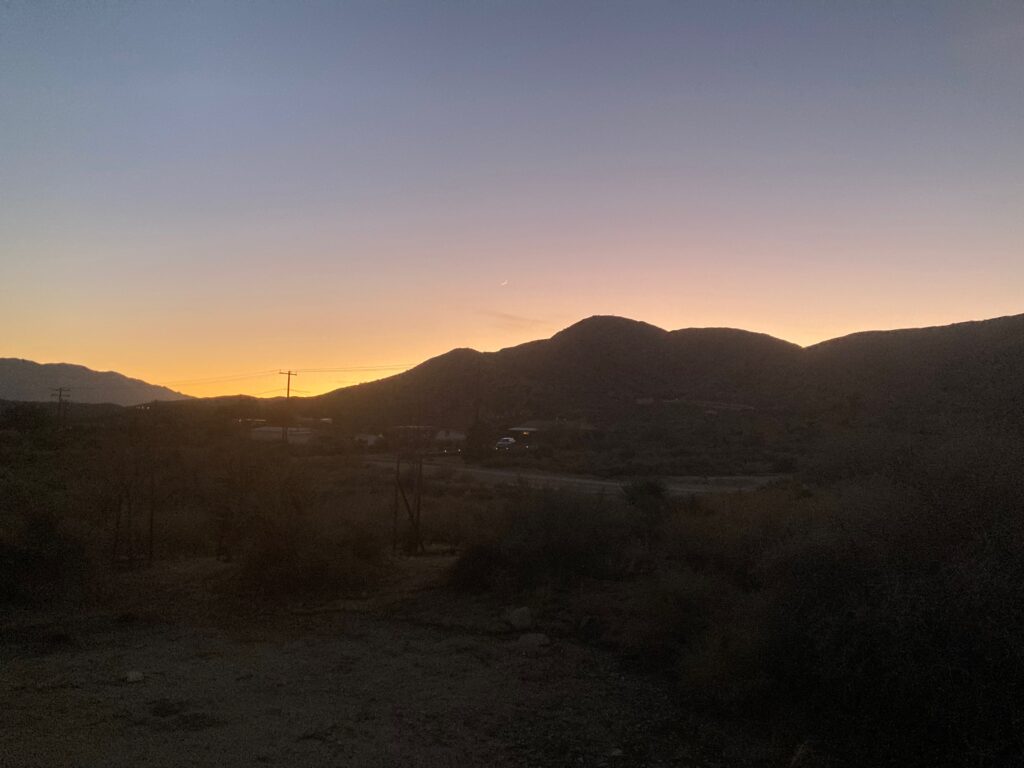
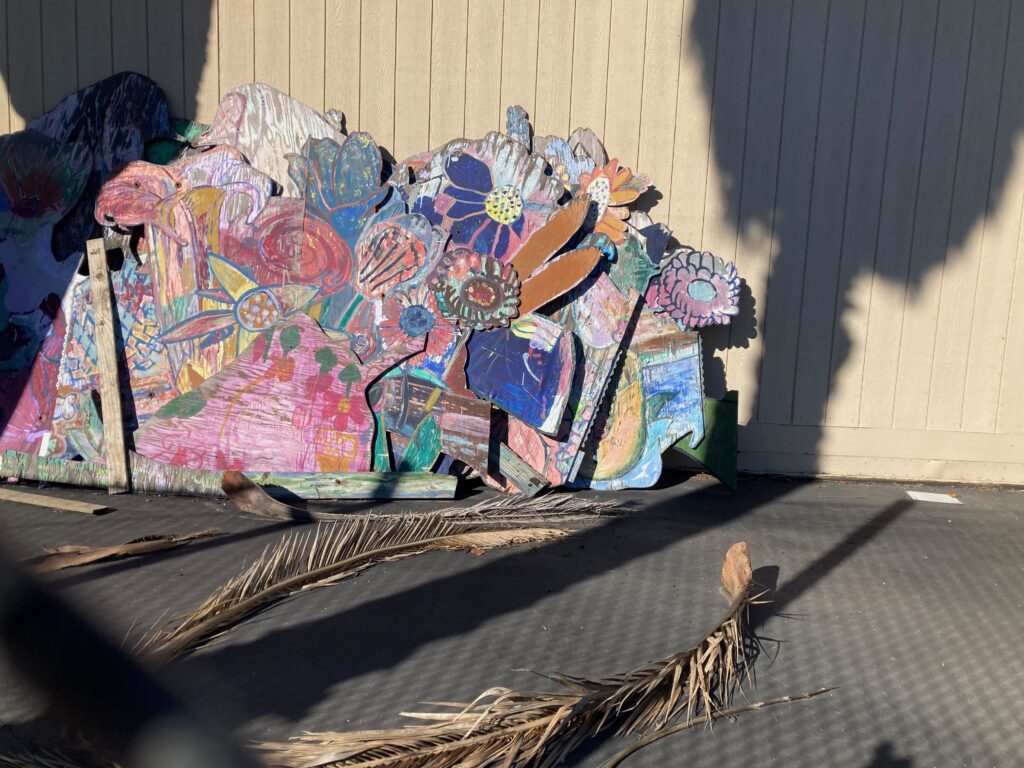
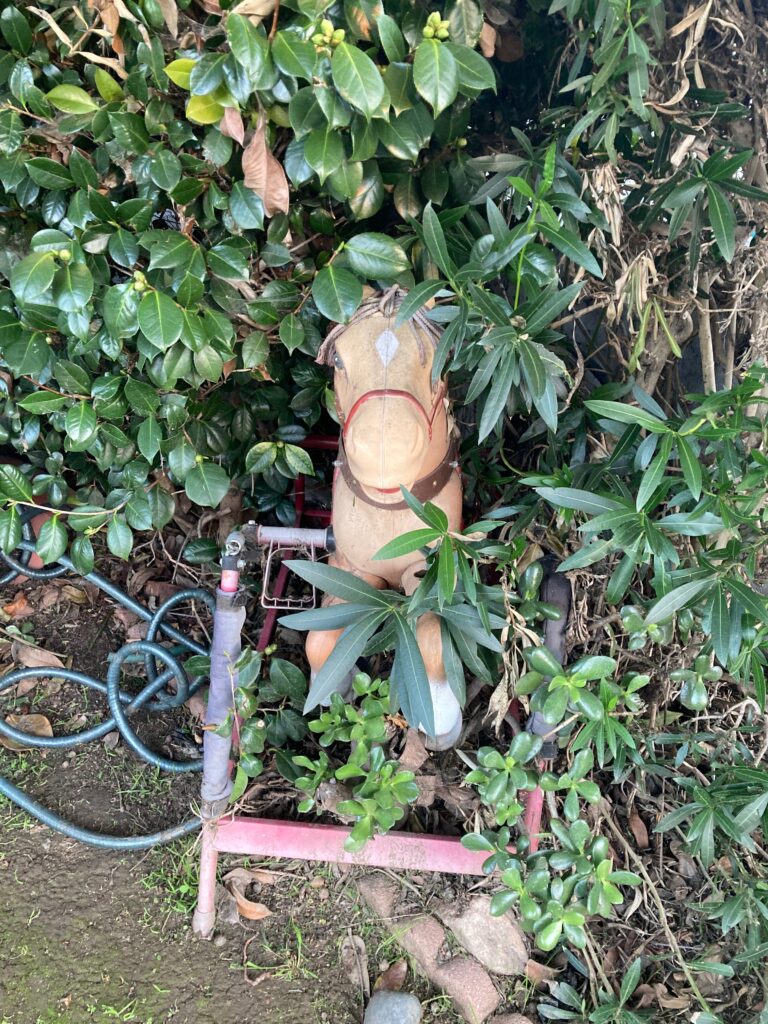
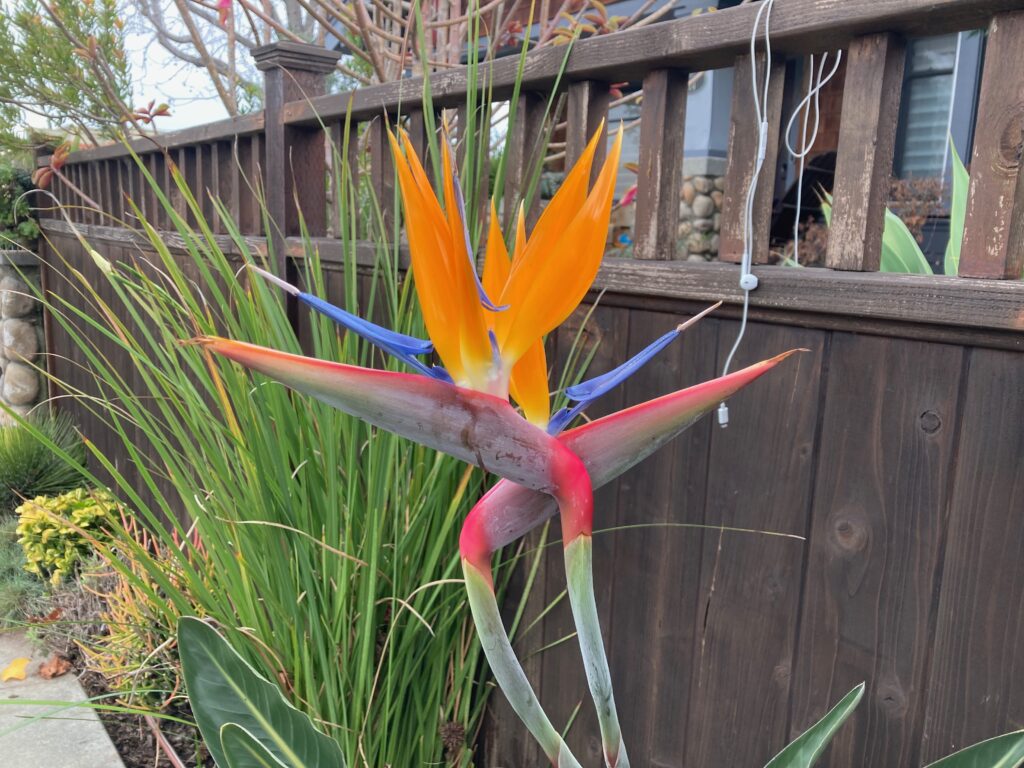
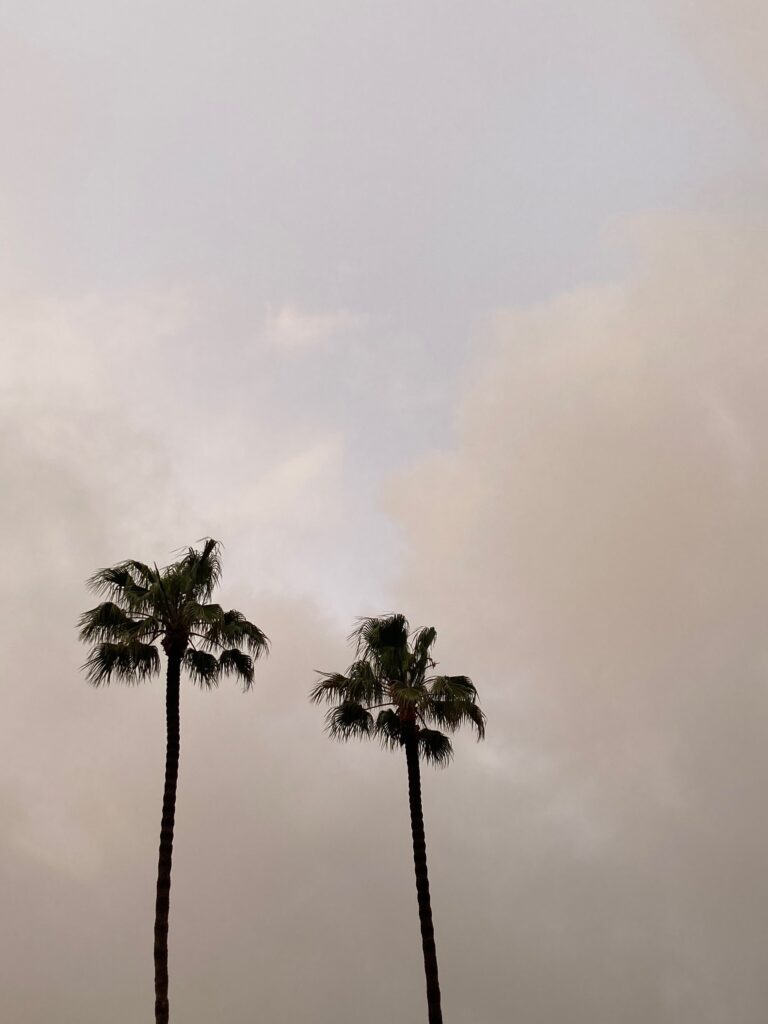
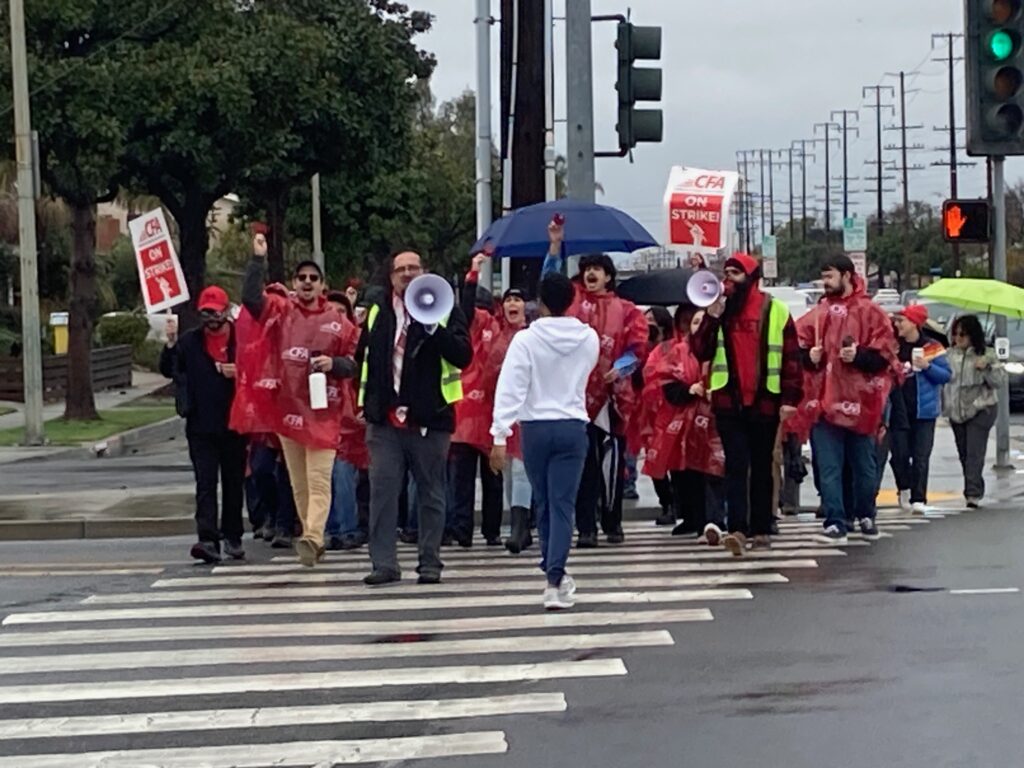
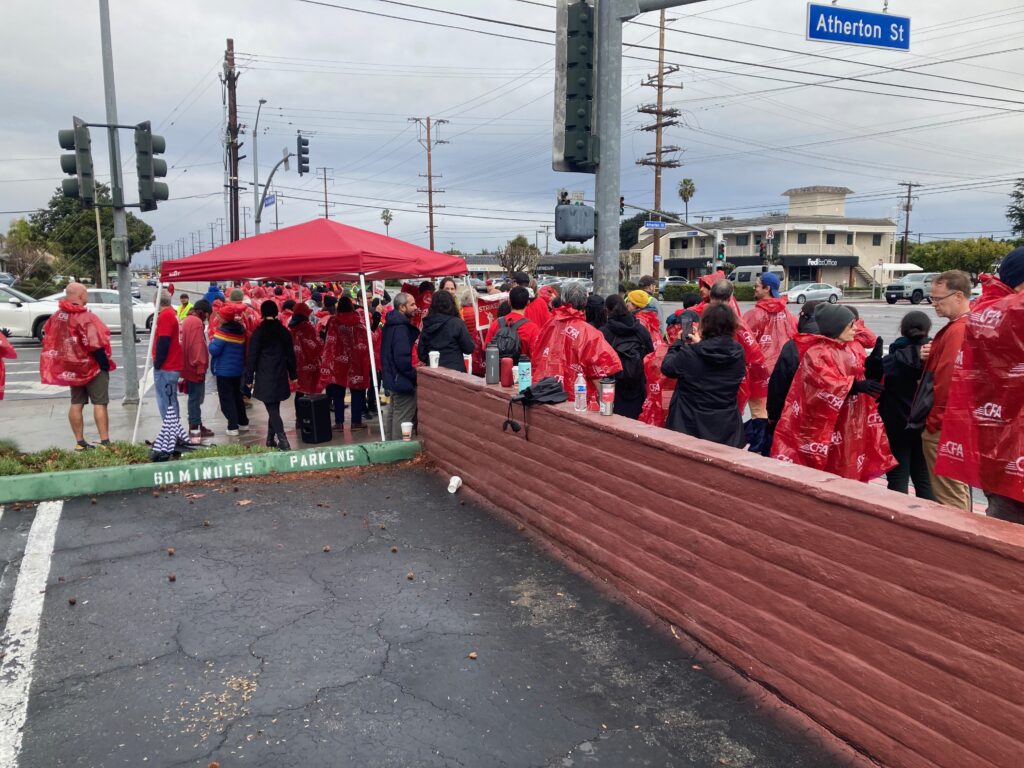
 About Bill Mohr
About Bill Mohr